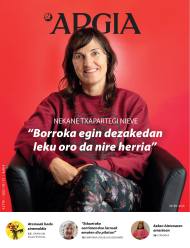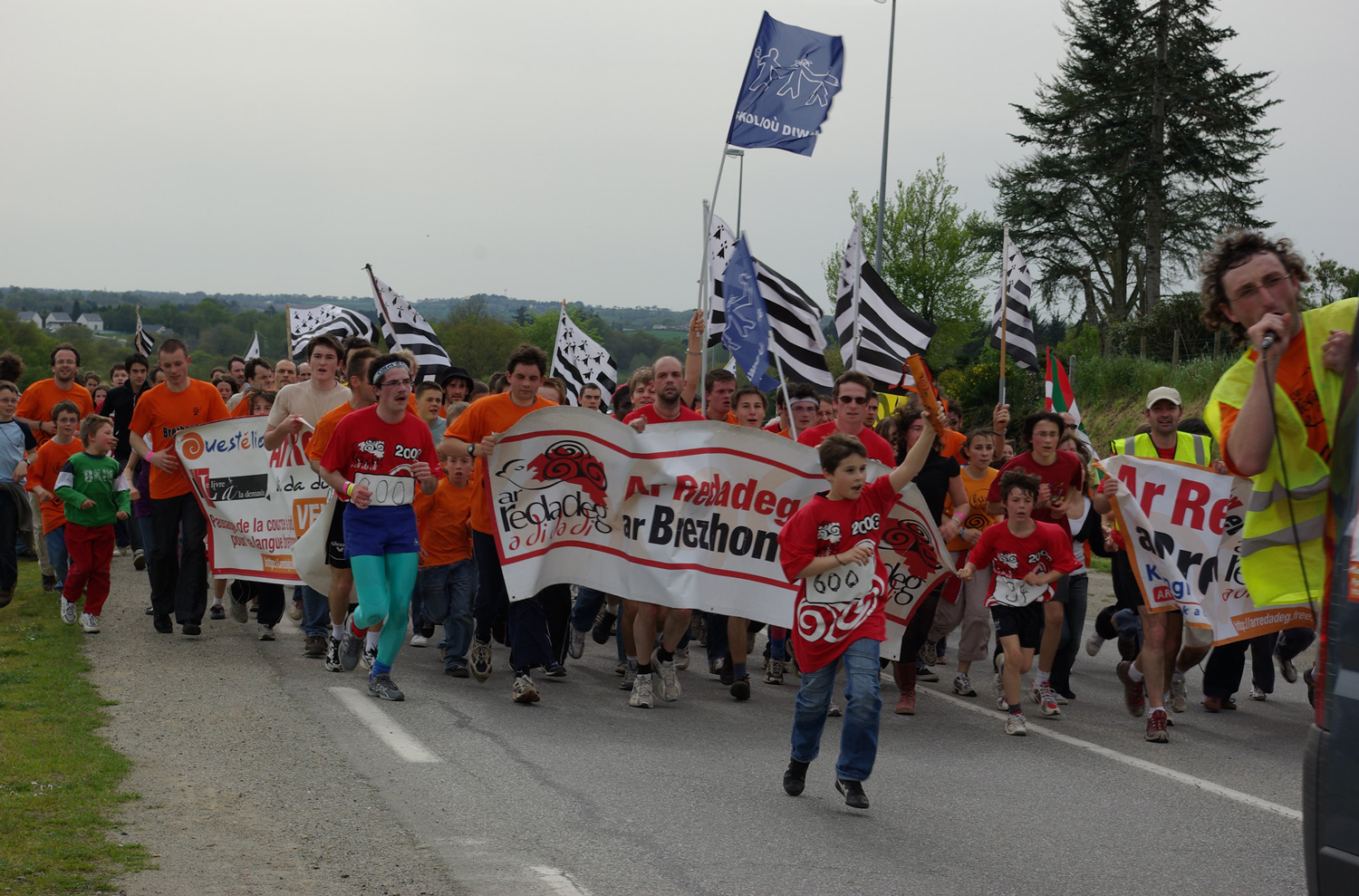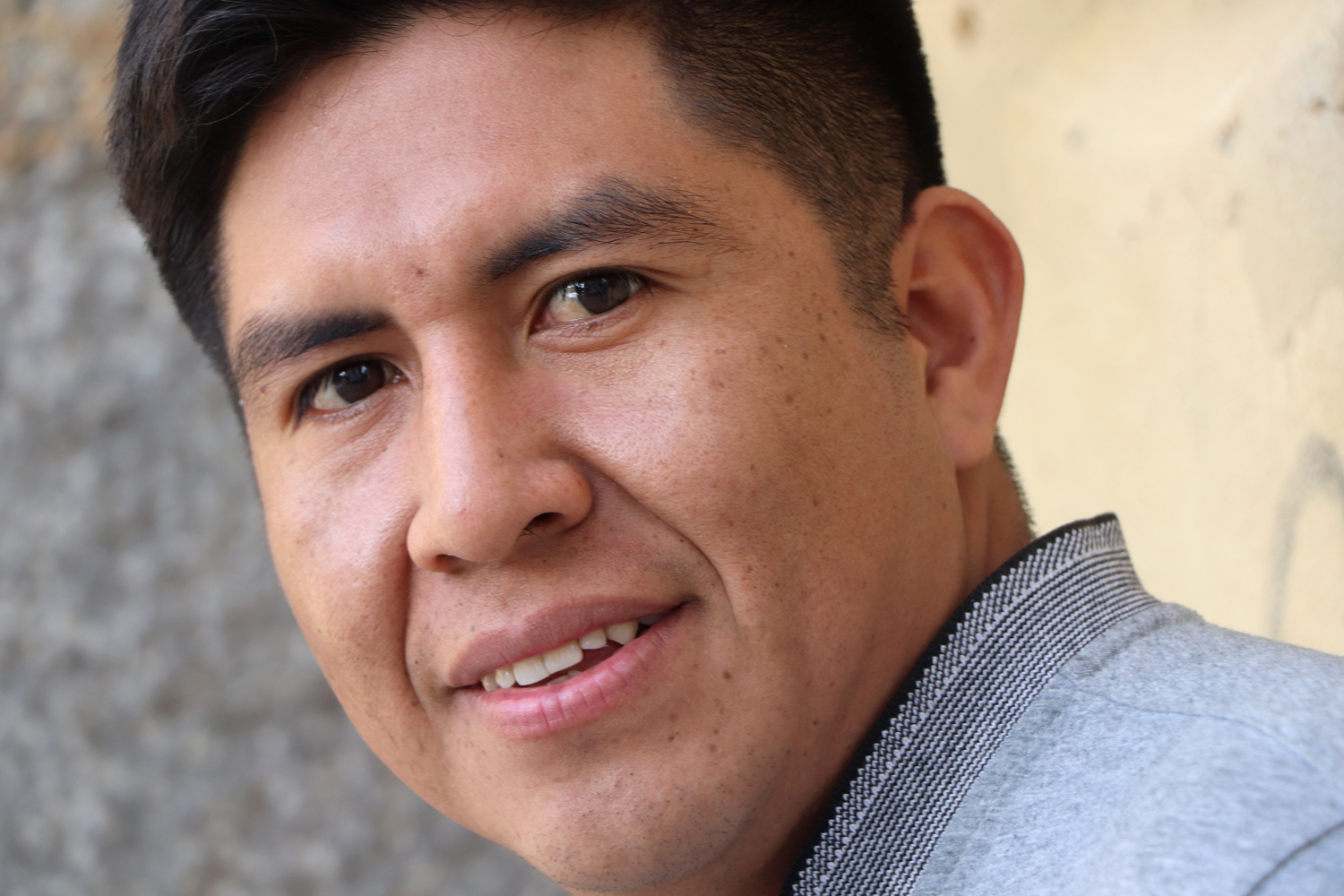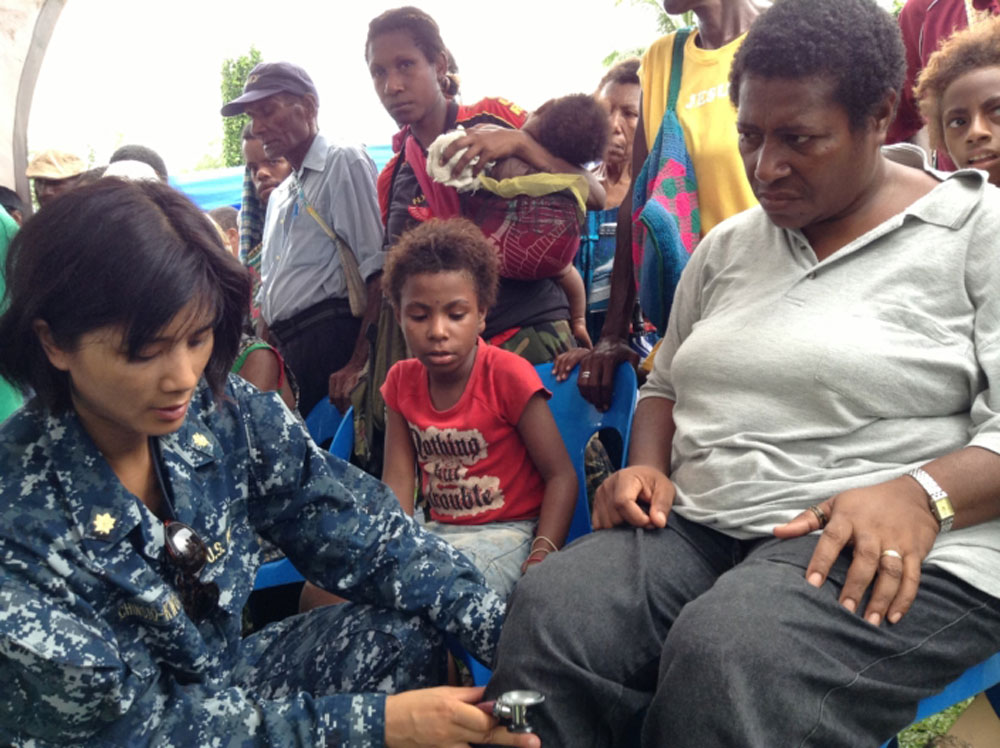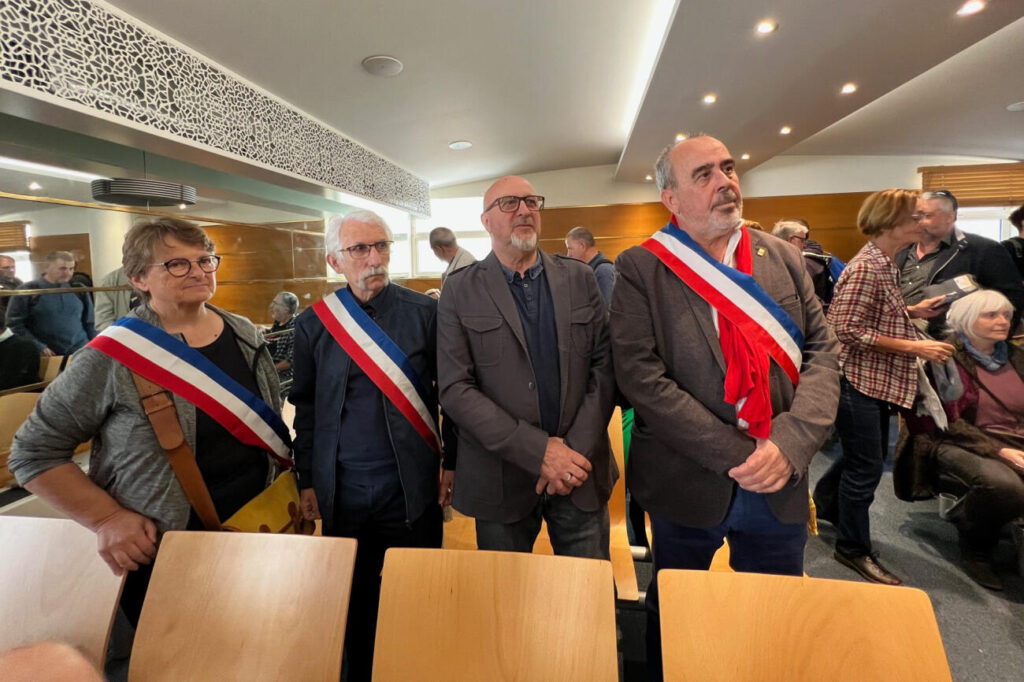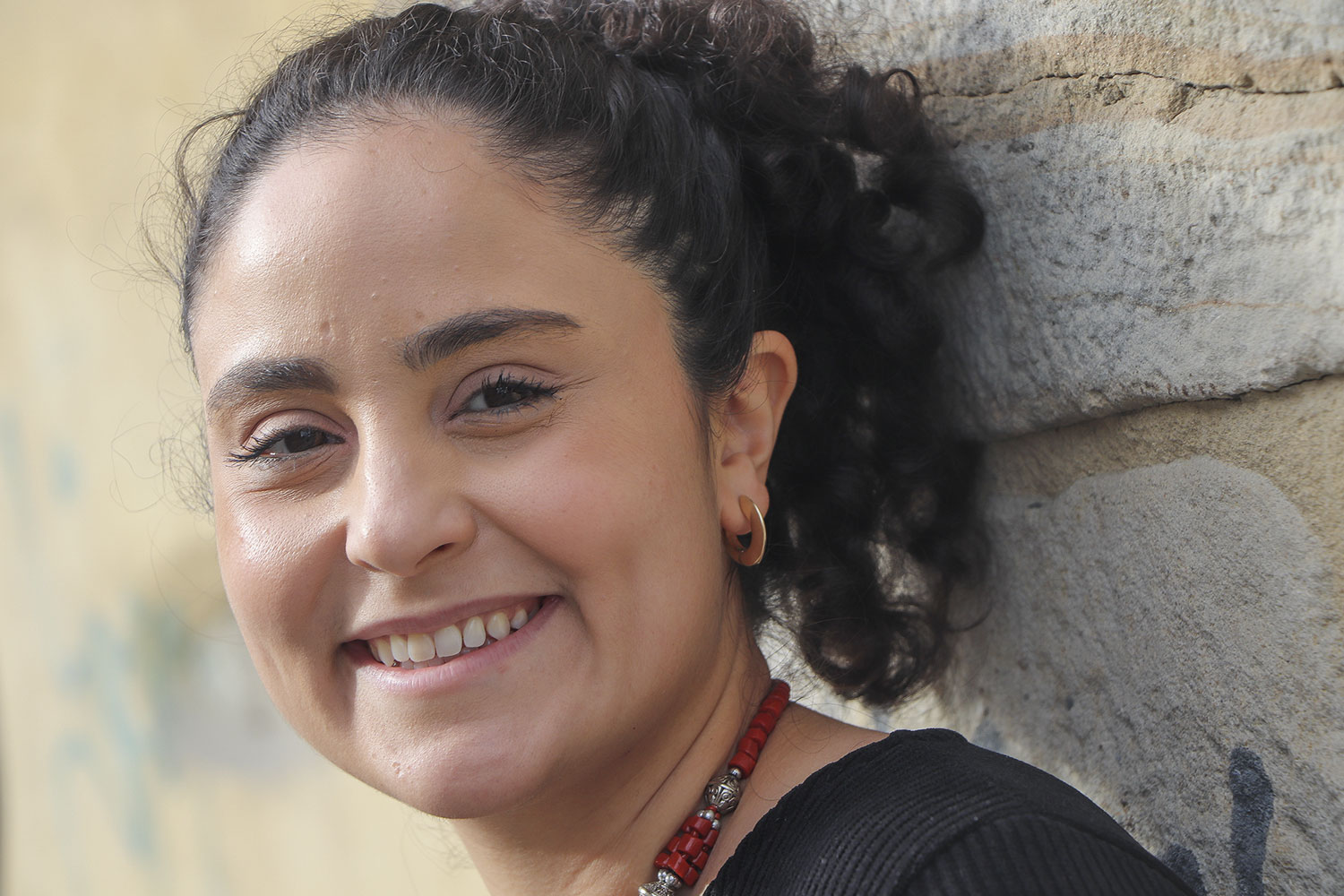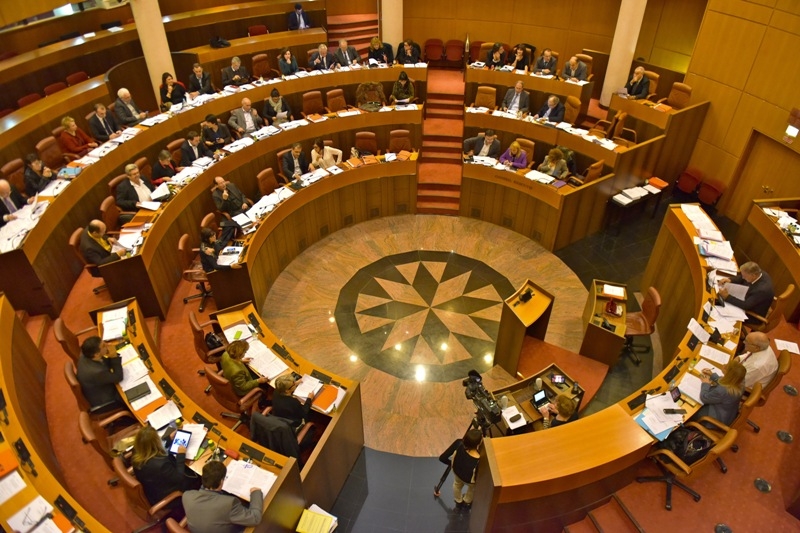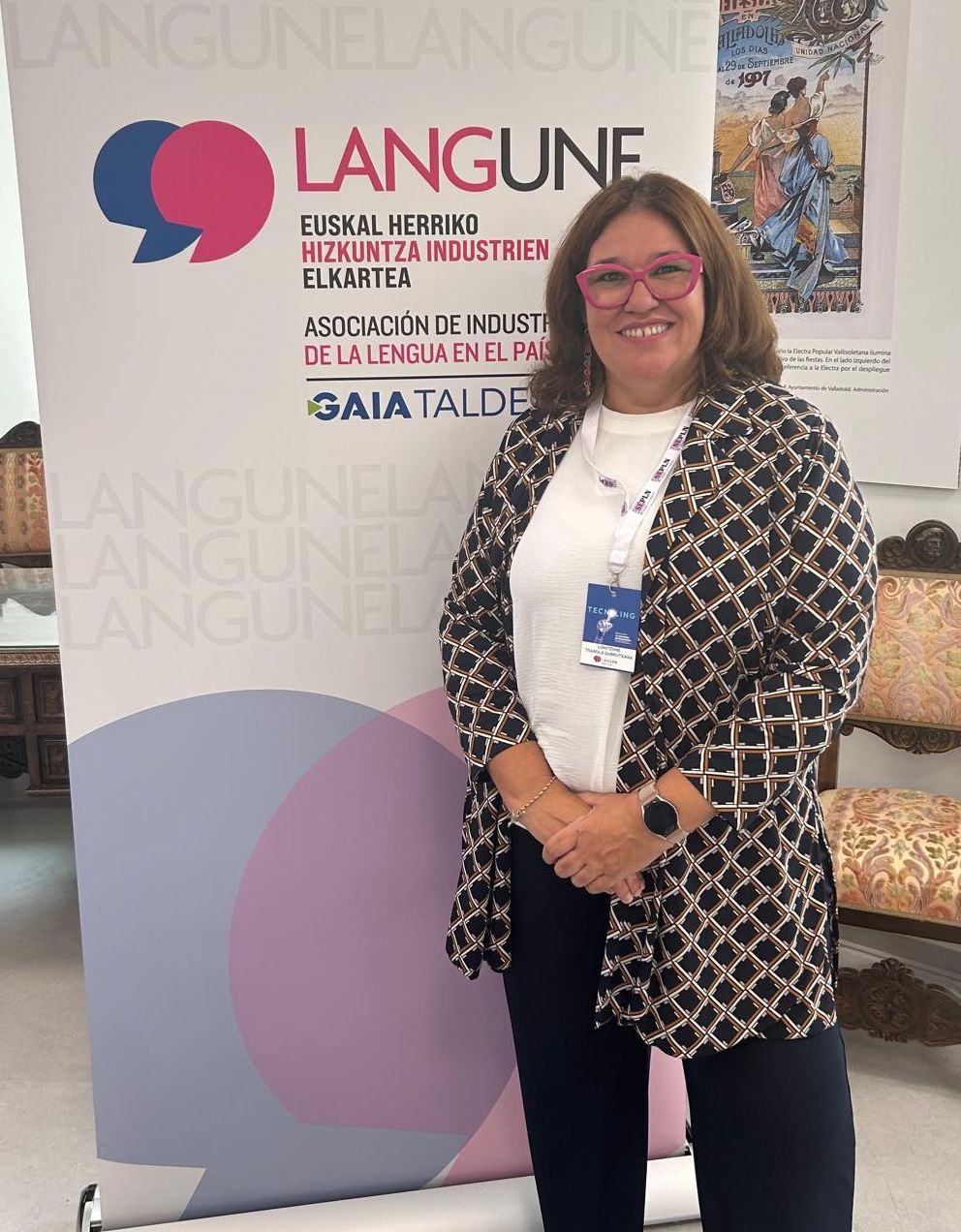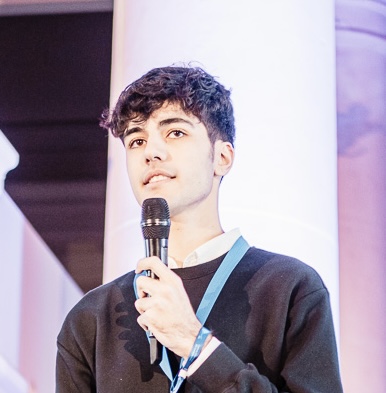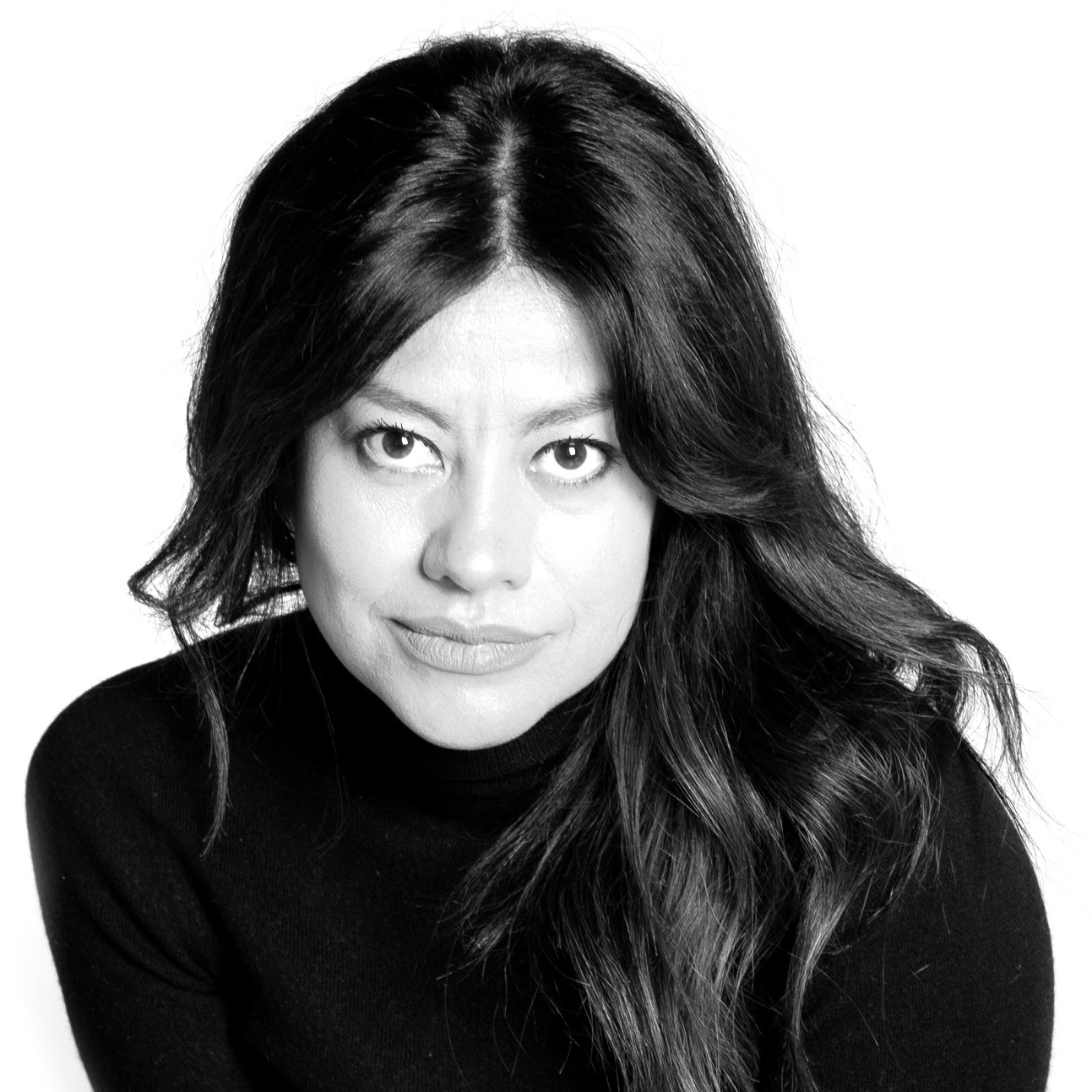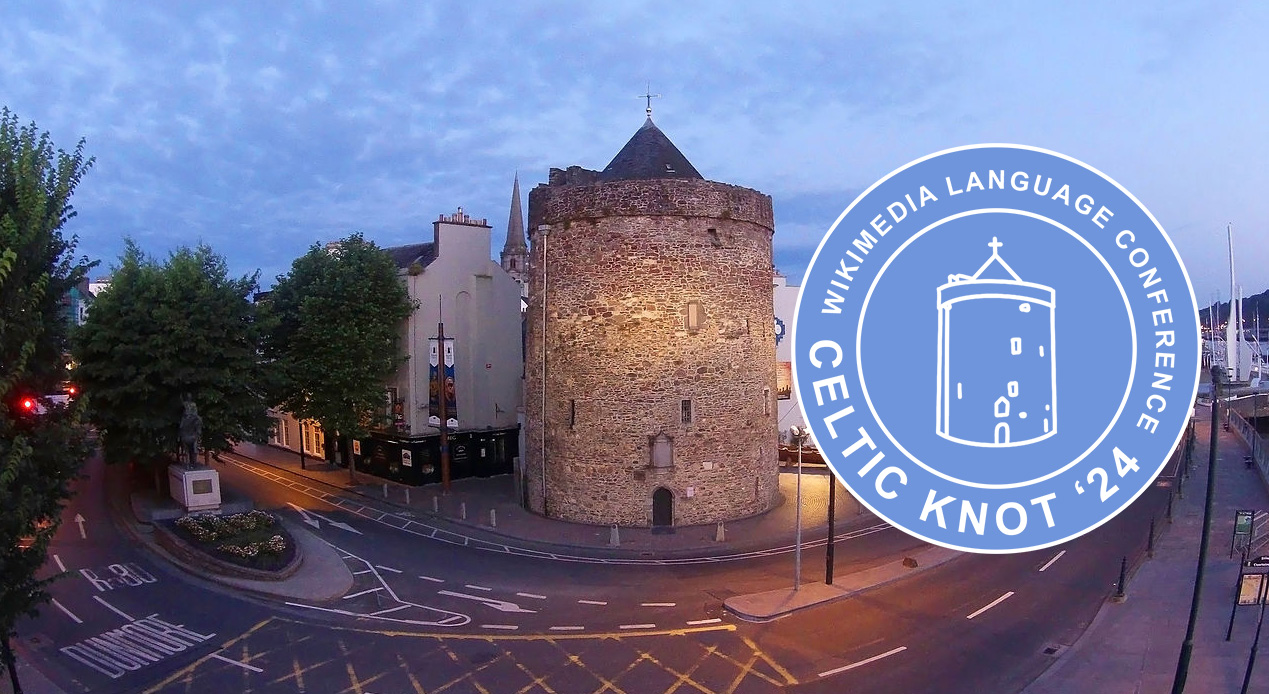Ultimo yáman
- Grandmother Cristina Calderón dies, the last person who spoke the Yámana language of the indigenous people who lived in America on Tierra del Fuego for 6,000 years. A few years ago we were with him. This is the story of a language and a people that have disappeared.
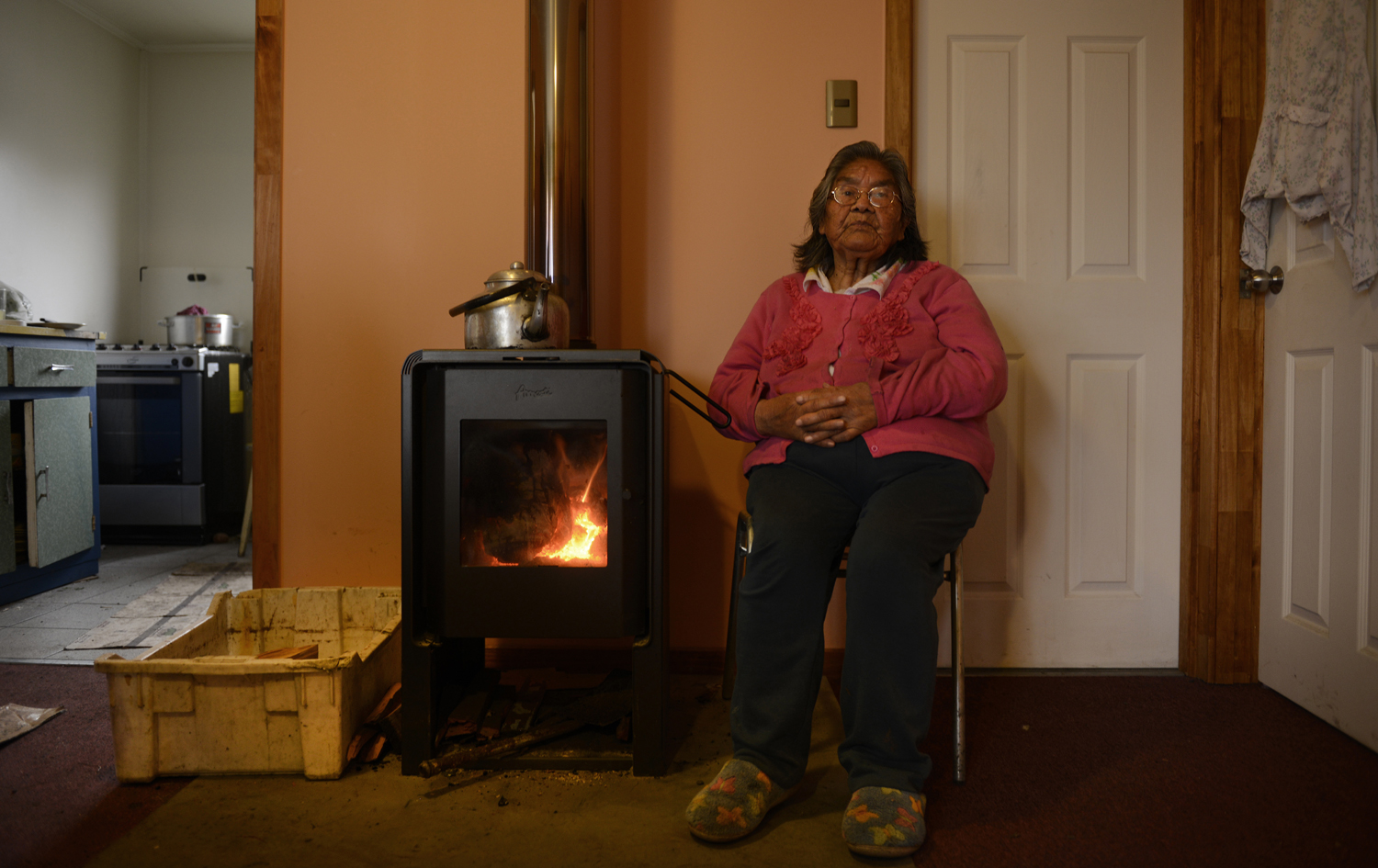
On February 16, at the age of 93, Grandma Cristina died as a result of COVID-19, and most of the millennial culture and language, rich and sophisticated, left with her forever. Cristina Calderón was the last person to speak Yámana or Yagana, and, according to her words, the last ethnically clean member of this country established for over 6,000 years on the southern border of America.
“When my sister died Ursula, I was left alone to speak our language without anyone,” he explained to us in his modest white house on the outskirts of Puerto Williams, the second southernmost locality in the world. The Ursula died in April 2003. In 2005, Emelinda Acuña, a penultimate speaker, died. Since then, Cristina was declared a Living Human Treasure by the Chilean government and UNESCO, becoming the only depositary of the language of these nomads who hunted and gathered in arboreal bark canoes on the Tierra del Fuego islands.
The rest of the Yámanas, known by Western settlers as Yagans, are only 50, the seven survivors of Cristina's nine children with two husbands, including fourteen grandchildren and great-grandchildren, and most live in Villa Ukika. They are the result of a miscegenation with other indigenous or white people that led to the disappearance of this culture in a few decades. Although some of them unleash or claim to partially understand the southernmost language of the planet, no one dominated the 32,000 words a British missionary had written in the Yagana-English dictionary at the end of the 19th century.
Luis Gómez, President of Villa Ukika: “For decades, our people have been ashamed of their personality. We were stigmatized in school. That is why much of the loss of our heritage is due”
“I studied Spanish at the age of nine. The father of a nephew was gringo and they taught me a little bit,” Cristina remembered in a dining room almost free of furniture in the house that looked at the Beagle canal. “Then everyone spoke Yámana, but then they started to die and I stayed alone. Guague (children) refused to study. They were ashamed. The whites laughed,” he said, while dragging words with long paréntesis.Cristina Zárraga, 36,
one of her granddaughters, married and resident in Germany, wanted to avoid the disappearance of Yámana culture by publishing several books. He met his old grandmother and decided to dedicate several years to this work in the territory of his ancestors. In them he collected part of the dictionary, songs and stories remembered by the matriarch.
Luis Gómez Villa is president and grandson of the Ukika community: “We are way behind in the struggle to save the language,” Cristina told us she was still alive. “And this is a race against time. We fear that our culture will disappear. I see the future a bit dark,” the 47-year-old professor complained. Gómez has taught in extreme places: during three courses taught in the Chilean base Frei, in Antarctica, and in another four in Puerto Toro, in a permanent human location south of the globe, 40 kilometers from Puerto Williams, on the island of Navarino itself.
“For decades,
our people have been ashamed of their personality. We were stigmatized in school. That is why much of the loss of our heritage is due,” she explained. “We have not done much to rescue our heritage,” he added.
Although courses have been organized, “people don’t go, nobody understands why. It may not be practical, but everyone has to be proud to learn their own,” says Patricio Chiguay, a 61-year-old carpenter married to a Cristina nephew. They live in another next to their grandmother's house. He believes that “only seven or eight people speak a little” Yámana. “I don’t dominate, but I can understand it,” he says. But his two sons “lost.”
Nor would it be easy to learn Yámana in a course. At the end of the 19th century, the Anglican missionary Thomas Bridges gathered over 32,400 words in the Yagan-English dictionary, as well as the Yagana, by the toponym Yahgasbara. On the contrary, a cultured person from any country develops a maximum of 5,000 words. And what words the yáman has! According to the Guinness Book of Records, it is the most accurate in the world. “The look between two people – it means – and each one expects the other to do something they both want, but no one dares to start.”
On the other hand, an alphabet had to be invented to bring to paper that language of the planet that has never been written and has no relatives, and there are no studies about its grammar. It seems that the order of words was not very important in this language.
Despite the subpolar weather, just a thousand kilometers from Antarctica, the Yámanas walked almost naked. A layer of sea wolf fat, the preferred prey of yáman, which together with cetaceans, birds and shellfish constituted most of his diet, protected his body from the cold, from firm trunk and thin legs, as they were roams.
.jpg)
The Sarraskia
Yámanas lived in small family groups, without leaders, and both sexes had the same recognition. There were never many because the windy habitat between the fjords and the glaciers didn't give much. With the arrival of the European missionaries in the 19th century it is believed that there were about 3,000 Yámanas. Five decades later it was 130.
On the Great Island of the Tierra del Fuego (48,000 square kilometers), those who razed their villages, such as the ona or selk’nam, were professional hunters who killed natives, who wanted to expand their sheep farms, including the crunchy Julius Popper, and fought against them, losing many lives. In the southern countries of the Tierra del Fuego, in the Yámana and Kawesqar countries, foreigners had no interest, they were abrupt small islands and wooded islands that saw no economic benefit, but the diseases they brought, such as measles and smallpox, caused the population to decline. To this must be added the destruction of the main sources of food for these peoples by whaling and wolf hunters and the acculturation violated by British missionaries. The result has been the disappearance of a people.
The Yámana word mamihlapinatapai is the most accurate word in the world. It means a look between two people, each of whom expects the other to do something they both want, but no one dares to start.
In
modernity Lakutaia le Kipa was the last Yáman who lived traditionally. He died in 1983 and we do not know his age at the time of death. “I’ve always lived like now, I haven’t known canoes or I’ve hunted otters, but I’ve seen pictures of a distant aunt without clothes,” Cristina Calderón explained, after making it clear that these kinds of questions made me feel uncomfortable. The Yámans have long walked towards modernity. Her parents participated in the last chiejaus, a ritual initiation to transmit the old knowledge to the new members of the community.
The first reference about Yáman is due to the Dutch sailor Jacques l’Hermite, with whom he met in 1624. Seventeen sailors who landed by the navigator's boat were killed by the Yámanas. There was hardly any contact with this locality until the early nineteenth century. At this time, the British army sent the Beagle bergantín to remote areas which, in turn, it considered essential for world trade, to form navigation cards. There was still a century to open the Panama Canal.
On the first trip made by Captain FitzRoy of the boat Beagle to map the Tierra del Fuego, who took command after the suicide of the head of the expedition, four yachts stole a boat with the excuse of kidnapping them and taking them to London to civilize them. He kidnapped a 9-year-old girl, a 14-year-old boy and two 20-26-year-old men. The 20-year-old died shortly after reaching Europe, the others received the formation of the time, presented to King Gil IV and Adelaide and after two years returned home.
In the bay of Wulaia, on the west coast of the island of Navarino, a plaque recalls that Charles Darwin landed there on January 23, 1833. An experienced naturalist, walking towards the priest, participated in the second expedition of the Beagle, thanks to his father’s money and relationships, turning the world round. Meanwhile, he met in front of the Yámanas who educated in London for two years and returned home. Years later, an Anglican mission was established on the territory, but the locals attacked and killed eight Europeans, and one of those who acted against the Europeans was one of the indigenous people kidnapped to London: Jemmy Button, or his yámana, Orundellico.
“Evil and miserable humans,” Charles Darwin,
who drives the theory of species evolution, took a terrible turn to its inhabitants. It was very hard in its description and prosecution: “I have seen nowhere more perverse and miserable human beings,” he wrote. “In view of such repugnant traits, it is hard to believe that they are human beings, that they are inhabitants of the same world,” he said in his daily life and unjustly accused them of cannibalism. “It is perfectly proven that when winter increases hunger, older women of the tribe are killed and eaten rather than dogs,” because, arguing that they were the words of an ethnic group, “dogs serve to hunt otters and old ones are not.” Since then, no experts have supported these erroneous statements.
The naturalist's prejudices left these peoples marked for decades. “Darwin tried to find in this place the origin of the human being, demonstrating his theories of human evolution. And these grave statements promoted contempt for the natives, but now there is an indigenous recovery,” says Napolitano Salvatore Cirillo. Cirillo is the director of the Salesio museum Maggiorino Borgatello, located in Punta Arenas, Chile, one of the most interesting places to learn about the indigenous peoples of the archipelago.
Until 1941, the last Yámanas, less than a hundred, lived from hunting and fishing for shellfish on Calle de los Muscles, north of the island of Navarino. This year, the Chilean Government has forced its return to its place of origin, Puerto Williams, today a naval base. The indigenous people are buried in the mussel cemetery, where the old crosses and shells that eat the vegetation gradually are vestiges of a life that will not return.
.jpg)
TERRITORY OF FIRE
To combat the extreme cold of this icy habitat, the yámanas rubbed the sea lion’s fat on its surface. And when this wasn't enough, the fire was lit, even as they went through the island canoes in vegetable fiber canoes.
The Portuguese explorer Fernando Magallanes, before he found the connection between the Atlantic and the Pacific, saw some of these fires shining in the night to heat up, or even to communicate with each other, and so he called these archipelagos Tierra del Fuego.
Magellan died during the battle against some indigenous people in the Philippines and the Guipuzkoan Juan Sebastián Elkano finished the expedition, with 35 of the 247 who started the trip, completing the first circumnavigation in the world.
.jpg)
.jpg)
Oinarrizko maia komunitateko U Yich Lu’um [Lurraren fruitu] organizazioko kide da, eta hizkuntza biziberritzea helburu duen Yúnyum erakundekoa. Bestalde, antropologoa da, hezkuntza prozesuen bideratzaile, eta emakumearen eskubideen aldeko aktibista eta militante... [+]
Korsikako legebiltzarkideek ezin dute Korsikako Asanblean korsikeraz hitz egin, Bastiako Auzitegiaren 2023ko epai baten arabera. Ebazpen horri helegitea jarri zion Asanbleak, baina debekua berretsi du orain auzitegi berak. Epaiak tokiko beste hizkuntzei eragiten diela ohartarazi... [+]
Uwa, kamsá, tukuná, uitoto, tikun, embera, nasa/yuwe, nuka, sikuani, siano, macuna, yuruti, kichwa, achagua, bora, truncar. These are some of the languages spoken in Colombia. Unfortunately, when I lived in Colombia, in Cundinamarca, I did not have the opportunity to learn our... [+]









